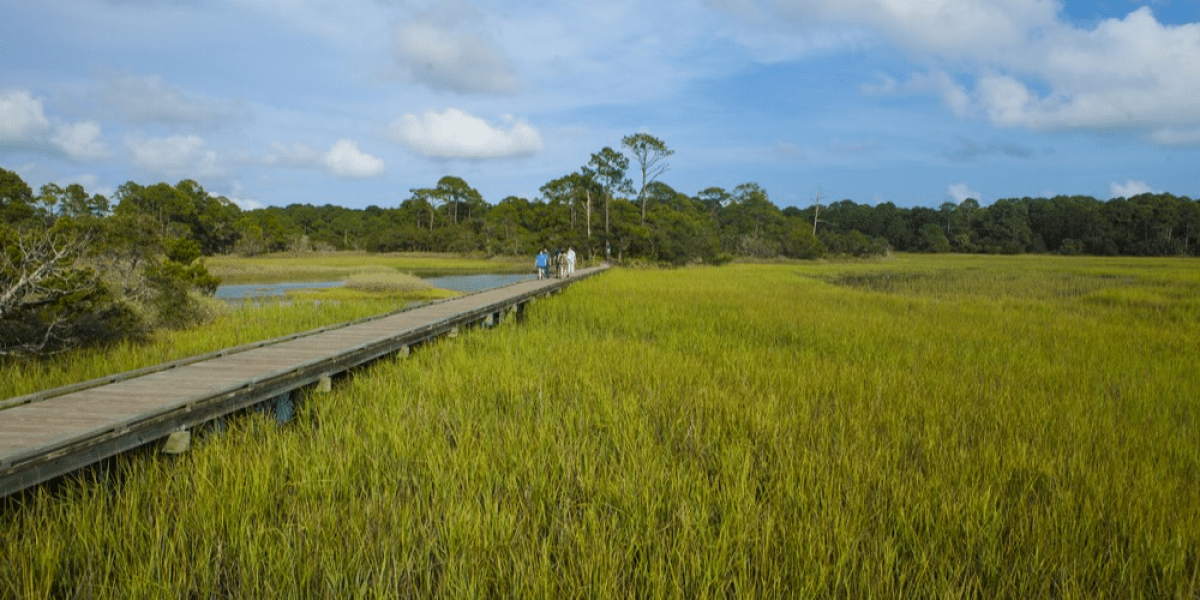In a pioneering breakthrough titled “Enhancing Predictive Models for Grassy Ecosystem Health,” recent research from Dr. Kevin Wilcox and his team at UNC Greensboro is shedding new light on the predictive modeling of non-forested ecosystems. This research delves into how global changes, including droughts, fires, and heat waves, will affect the health and sustainability of Earth’s grassy ecosystems. These findings, published in the journal Global Change Biology, mark a significant step forward in improving mathematical models used to forecast changes in savannas, prairies, grasslands, and arctic tundras.
A Glimpse into the Research
“Forest ecosystems tend to get the lion’s share of public attention,” says Wilcox. “But ecosystems dominated by non-tree vegetation, known as ‘grassy’ ecosystems, cover a substantial 40 percent of Earth’s land surface. Our research is vital in catching up scientifically in these landscapes.”
This newfound research offers a fresh perspective, challenging the prevailing focus on forests and highlighting the often-overlooked ‘grassy’ ecosystems. With their vast presence, these ecosystems contribute significantly to our planet’s overall health and well-being.
Focusing on Non-Forested Ecosystems
Globally, grassy ecosystems play a pivotal role by providing essential resources and services to humans. These include food production, support for pollinators, and carbon sequestration. Furthermore, they serve as critical habitat for wildlife, such as elk and bison in North America. By shining a spotlight on these non-forested ecosystems, Wilcox’s research underscores their vital role in maintaining ecological balance and supporting biodiversity.
The Significance of Grassy Ecosystems
However, when it comes to predicting the resilience of these ecosystems in the face of imminent global changes, research in this realm has lagged behind that for forests. Wilcox’s work with Earth system models is narrowing this gap. Scientists employ these models to simulate the impact of physical phenomena, such as droughts and heat waves, on landscapes. These models involve complex mathematical equations that form thousands of lines of computer code, ultimately creating an abstract representation of reality. These models encompass a range of ecological processes, from rainfall infiltration in the soil to insect activity in savannas and the consequences of heat stress on plant and animal life.
Bridging the Predictive Gap
Wilcox emphasizes the dynamic nature of these grassy systems, stressing the need to move beyond assumptions that all components will remain unchanged as droughts and heat waves become more prevalent. The evolving character of these ecosystems presents a fascinating challenge, as they respond and adapt to ever-changing environmental conditions.
Simulating Ecological Impact
A significant challenge lies in how grasses are depicted in these models. Currently, they are often represented as miniature trees or a superficial ‘green slime’ on the planet’s surface. This portrayal might explain the models’ struggles to align with real-world observations in grassy ecosystems. Addressing this challenge requires a nuanced understanding of the complexity and diversity of non-tree vegetation ecosystems.
The Challenge of Representing Grasses
Wilcox calls for enhanced collaboration between empiricists and modelers to improve the representation of herbaceous dynamics within ecosystem models. This collaborative approach seeks to bridge the gap between theory and empirical observations, ensuring that predictive models better reflect the complex reality of grassy ecosystems.
A Call for Collaboration
Implementing these necessary changes is crucial in guiding future public policies and management strategies for these ecosystems. This is especially vital as droughts and deluges become more frequent and extreme, disturbances like fires intensify, and human pressures continue to mount. Wilcox’s research provides an essential foundation for informed decision-making and sustainable management of these ecosystems in a rapidly changing world.
Guiding Future Policy and Management
With this holistic insight into the research, we can appreciate the profound significance of Dr. Wilcox’s work in enhancing predictive models for the health of Earth’s grassy ecosystems. This groundbreaking research sets a robust foundation for a more sustainable future, where the ecological health of these critical landscapes can be preserved and effectively managed.


















